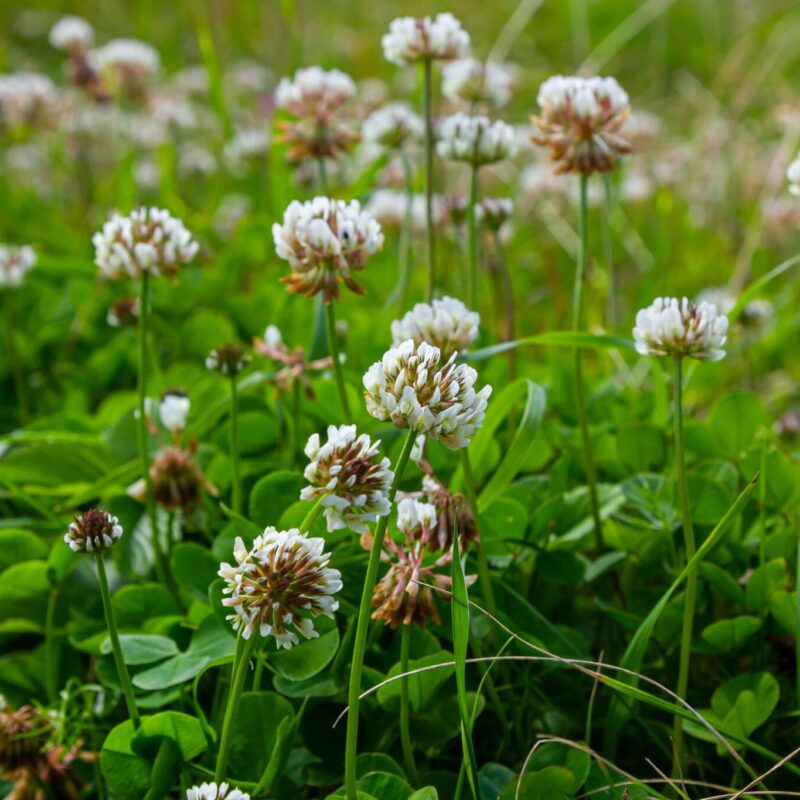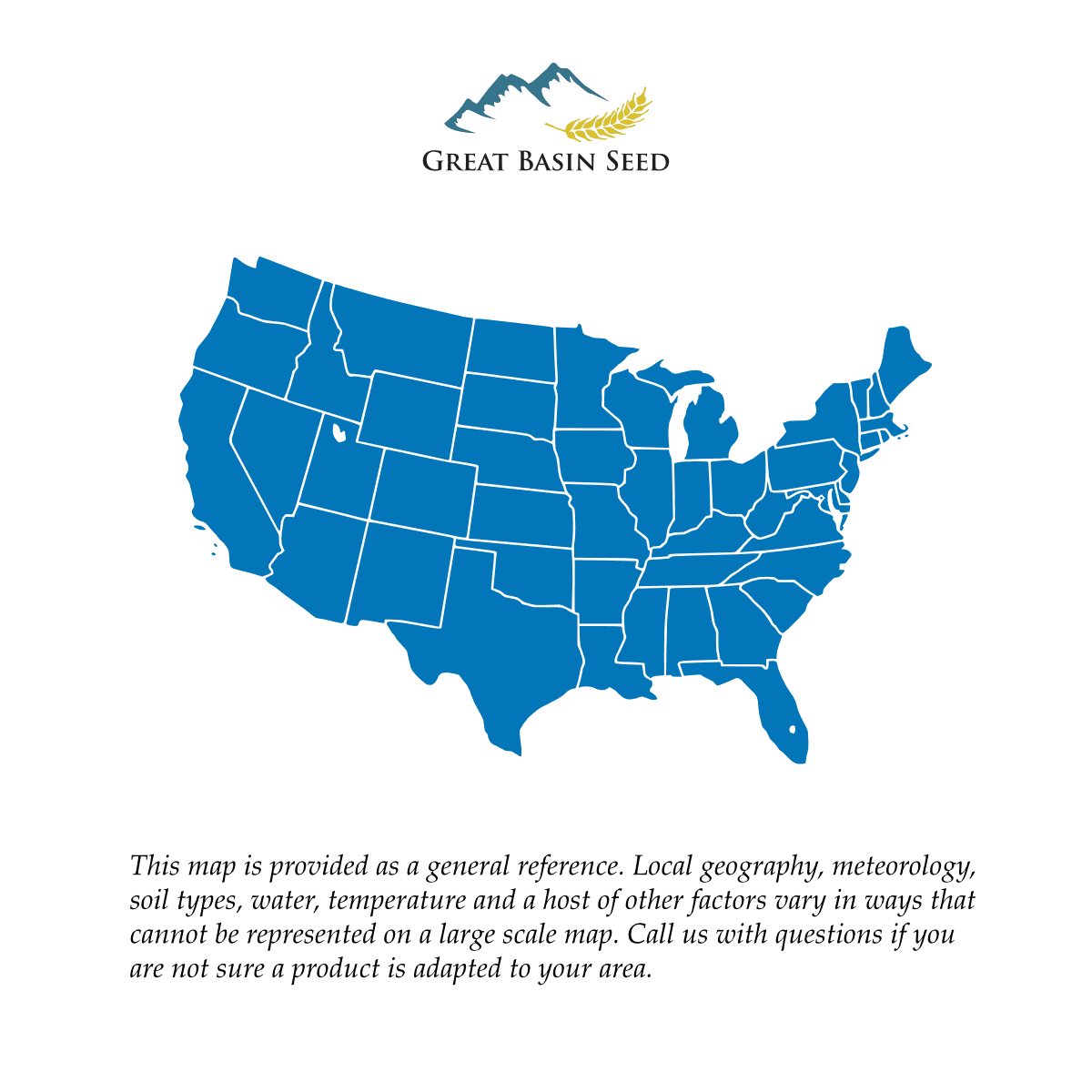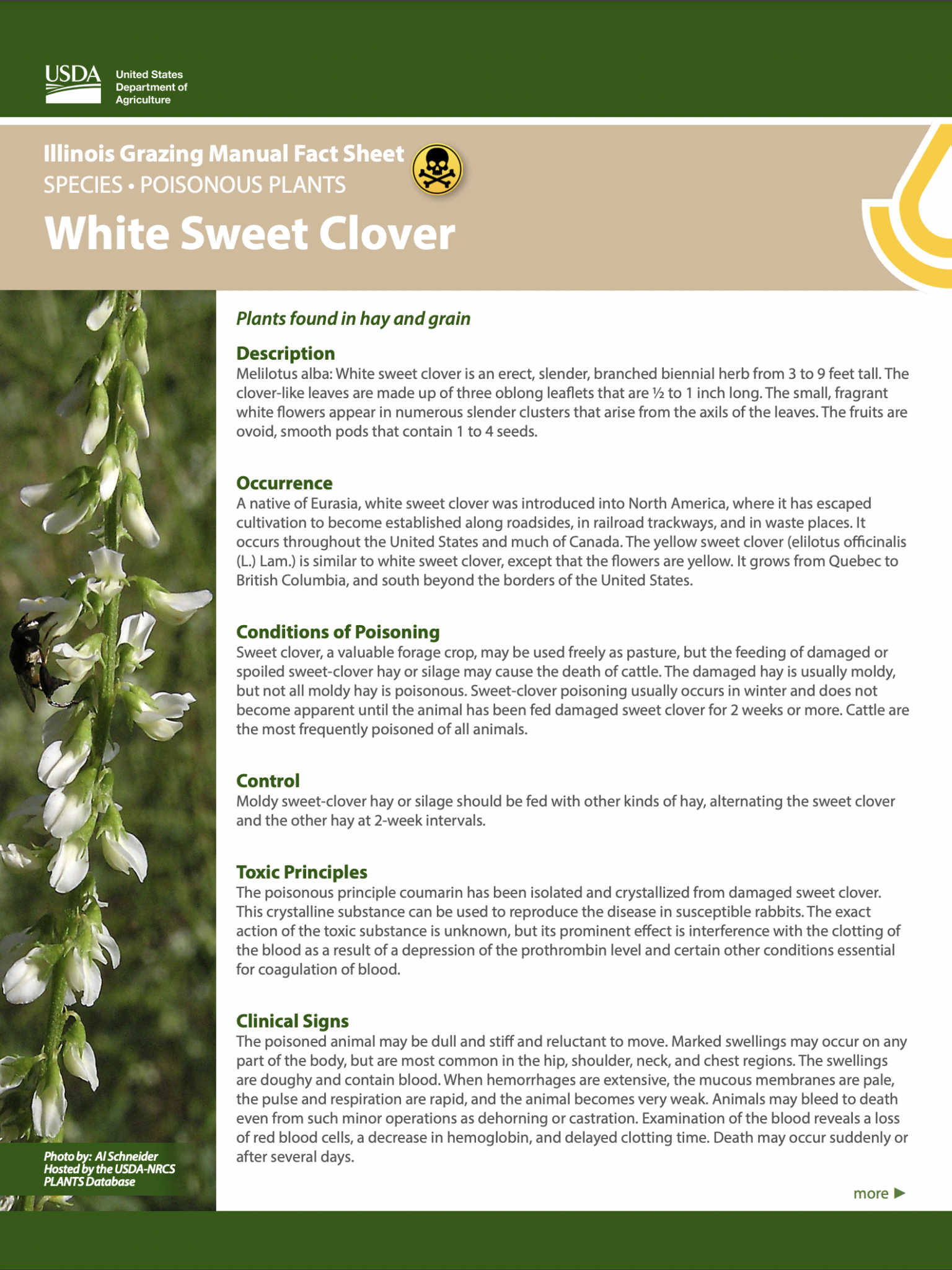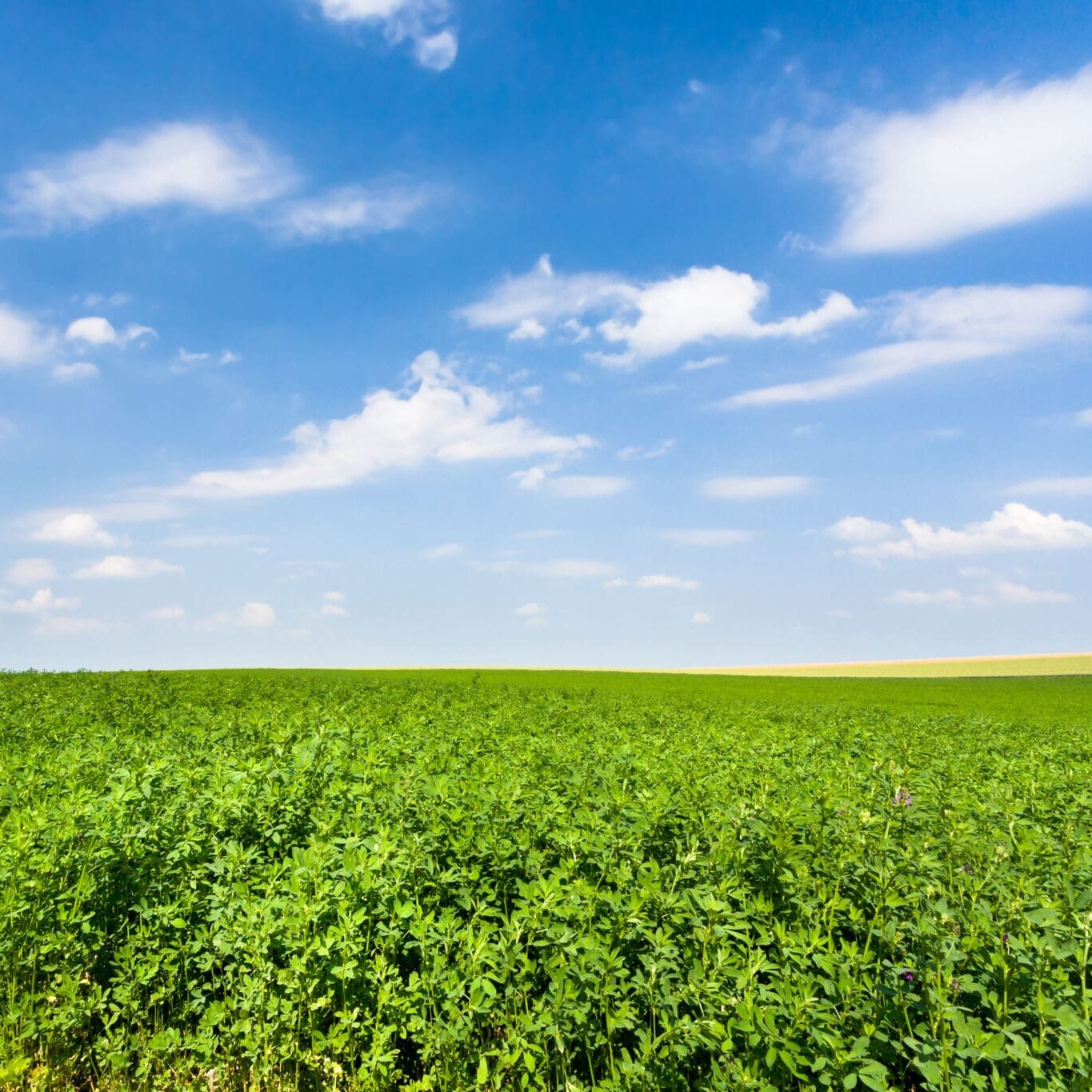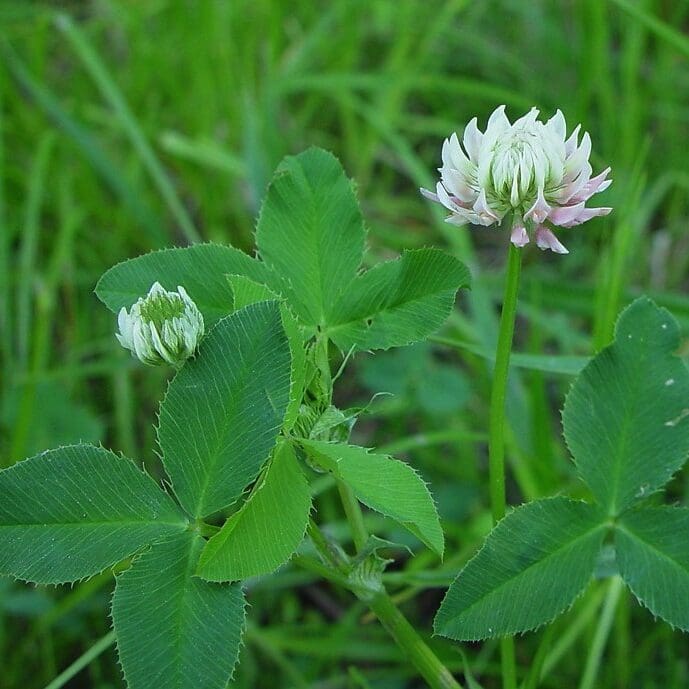White Sweet Clover
- Scientific name: Melilotus albus
- One of the most widely distributed legumes in the world
- Important pasture legume
- Highly palatable
- nutritious forage for all classes of livestock
- Commonly planted with pasture grasses
Out of stock
Min. to Max. Annual Precipitation
72in.
Average Max. Height
White Sweet Clover is a-biannual legume that is excellent for honey production and provides good forage for livestock. Thrives in the sun and is best adapted to clay and heavy soils that range from slightly moist to dry. Habitats include limestone glades, weedy meadows, prairies, old fields, areas along railroads/roadsides, and waste areas.
White Sweet Clover (melilotus albus)is a biennial legume that originated in Europe and is widely distributed. It is excellent for honey production and provides good forage for livestock. It occurs in almost eery state the USA. Habitats include limestone glades, thinly wooded bluffs, prairies, weedy meadows, old fields, vacant lots, areas along railroads and roadsides, and waste areas. This species can invade prairies and other natural habitats. It has been described as having a “lanky” appearance.
White Sweet Clover thrives prefers full sun. It is best adapted to clay and heavy soils that range from slightly moist to dry. It grows successfully on sandy soils with a high water table or irrigated droughty soils when adequately fertilized. Plant size will vary considerable with the moisture and fertility of the soil. The roots fix nitrogen.
Solid stands of white clover form a good erosion controlling cover on moist fertile soils, but stands may be sparse or spotty on dry sites. The proper time of seeding is determined by seasonal and moisture conditions. This may vary from April to May. Late summer and fall seedings should be conducted while adequate moisture is still in the soil to assure establishment before freezing. Seed may remain in the soil and be viable for decades.
This species is very similar in appearance to Melilotus officinalis (Yellow Sweet Clover). This species has a tendency to bloom about 2-4 weeks later than Yellow Sweet Clover, and its foliage is more greyish green, rather than plain green. The seedpods of White Sweet Clover lack transverse wrinkles, which are occasionally present in the seedpods of Yellow Sweet Clover.
This product is an excellent source of food and nectar for honey bees. See our Honey Bee Flower Mix for additional pollinator options.
***Click on the “Quick Plant Facts” tab above for more information.
White Sweet Clover USDA Illinois Grazing Fact Sheet
White Sweet Clover USDA Illinois Grazing Fact Sheet
PDF version of USDA Plant Guide & Fact Sheet
Prepared By: NATURAL RESOURCES CONSERVATION SERVICE
Helpful Links
Additional information about this product can be found on the academic websites linked below.
Synonyms
Many plants have more than one common and scientific name. We've listed a few of them below.
- White Sweet Clover
- Melilotus albus
- Honey-Clover
- White Melilot
Who is Great Basin Seed?
Great Basin Seed is a seed company that specializes in seed sales and consultation for home, ranch, farm, range and reclamation. We have been a leader in the seed industry since 1974.
Our History
We've been in the seed business since 1974.
What We Offer
We offer seed for home, farm, ranch, range and reclamation projects.
Meet the Gang
We have the best employees in the world! We are proud of the work they do, and trust them to serve you!
Right: Company founder Lloyd and his wife Paula Stevens in a wildflower seed production field circa 1977
Quick Plant Facts
| Seed Count | 850000 |
|---|---|
| Sowing Rate | 2-6 PLS lbs. per Acre |
| Min. Precipitation | 18-25 Inches |
| Root Form | Bunchgrass |
| Zone Map | comingsoon.gif |
